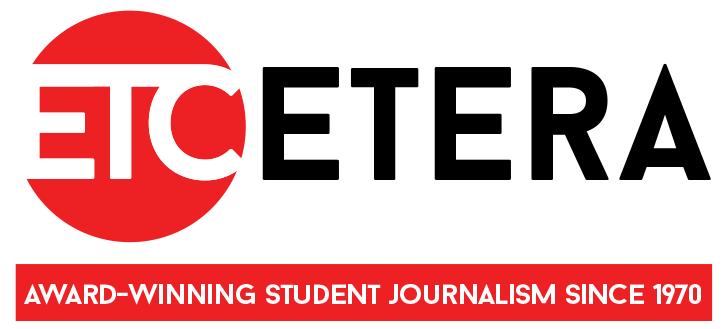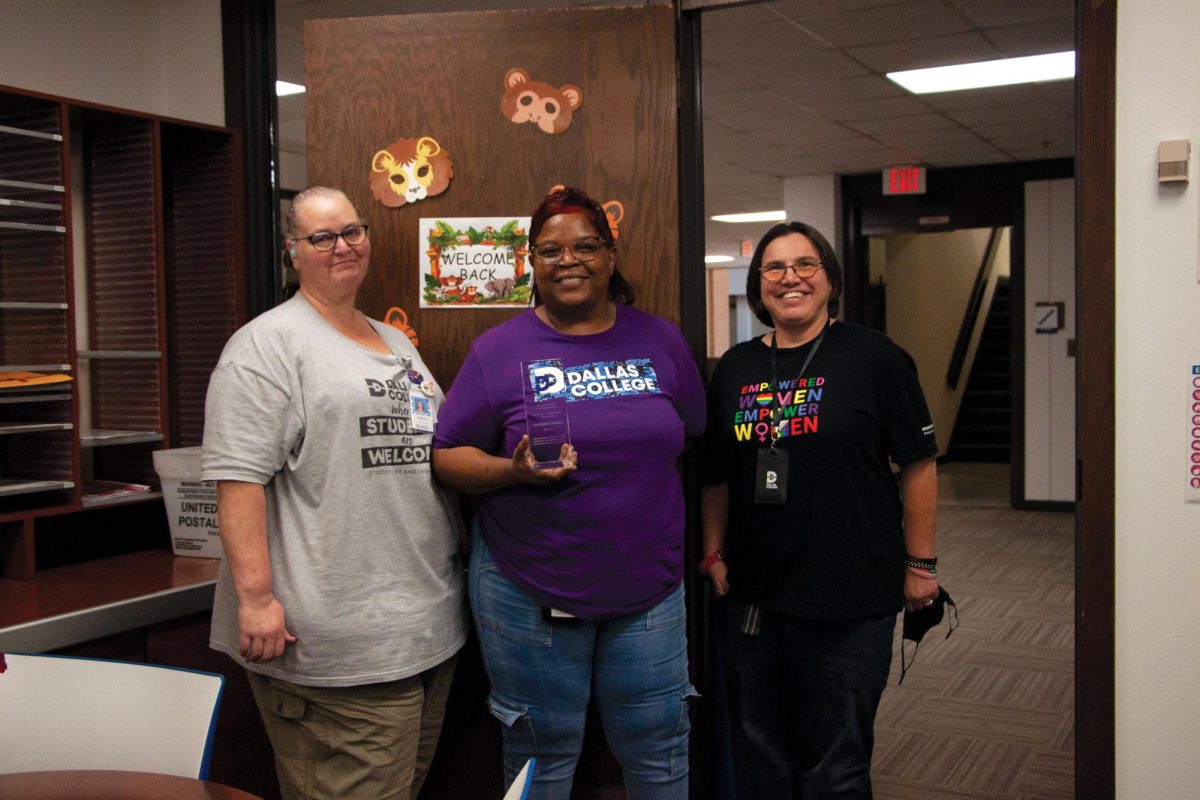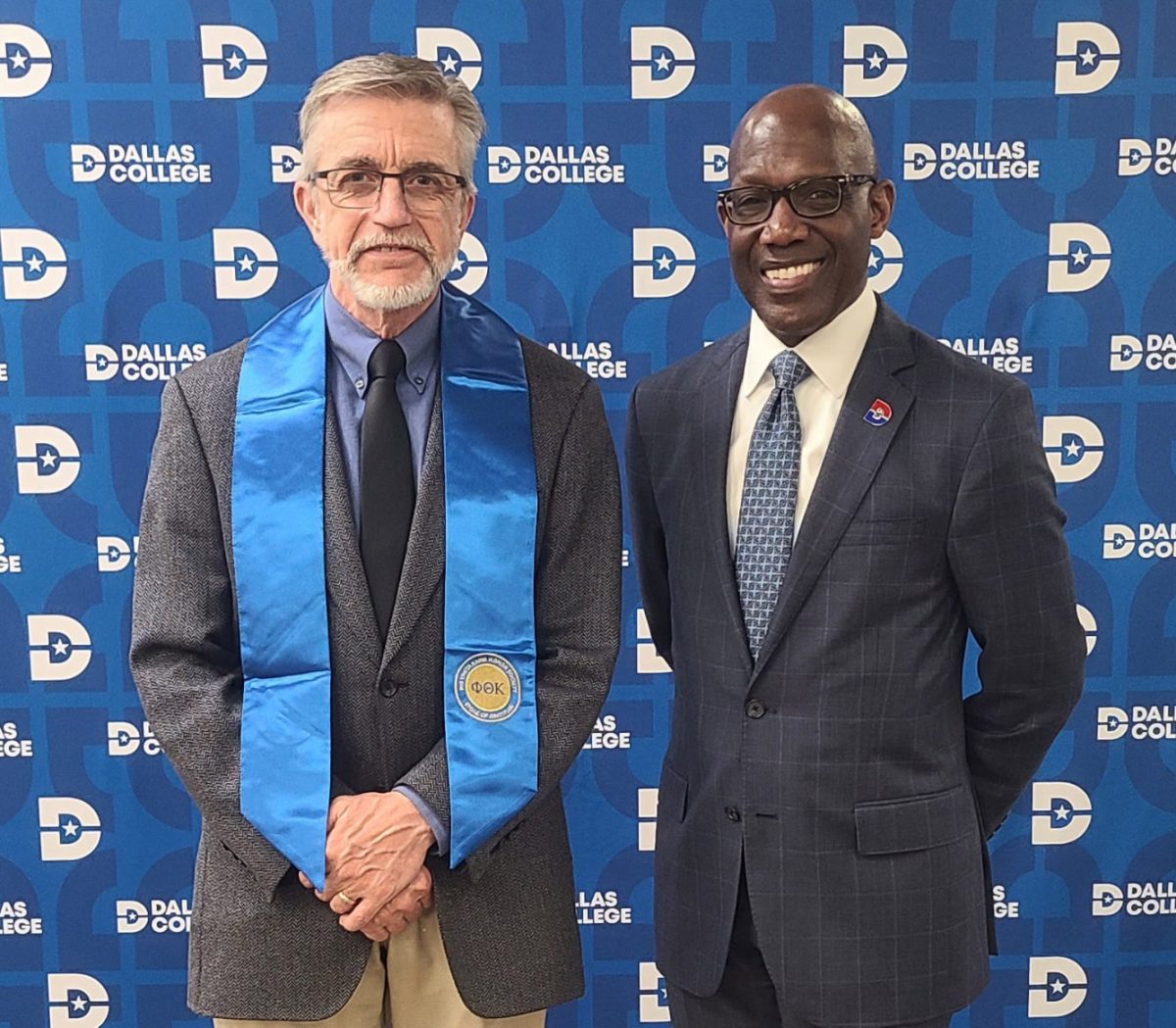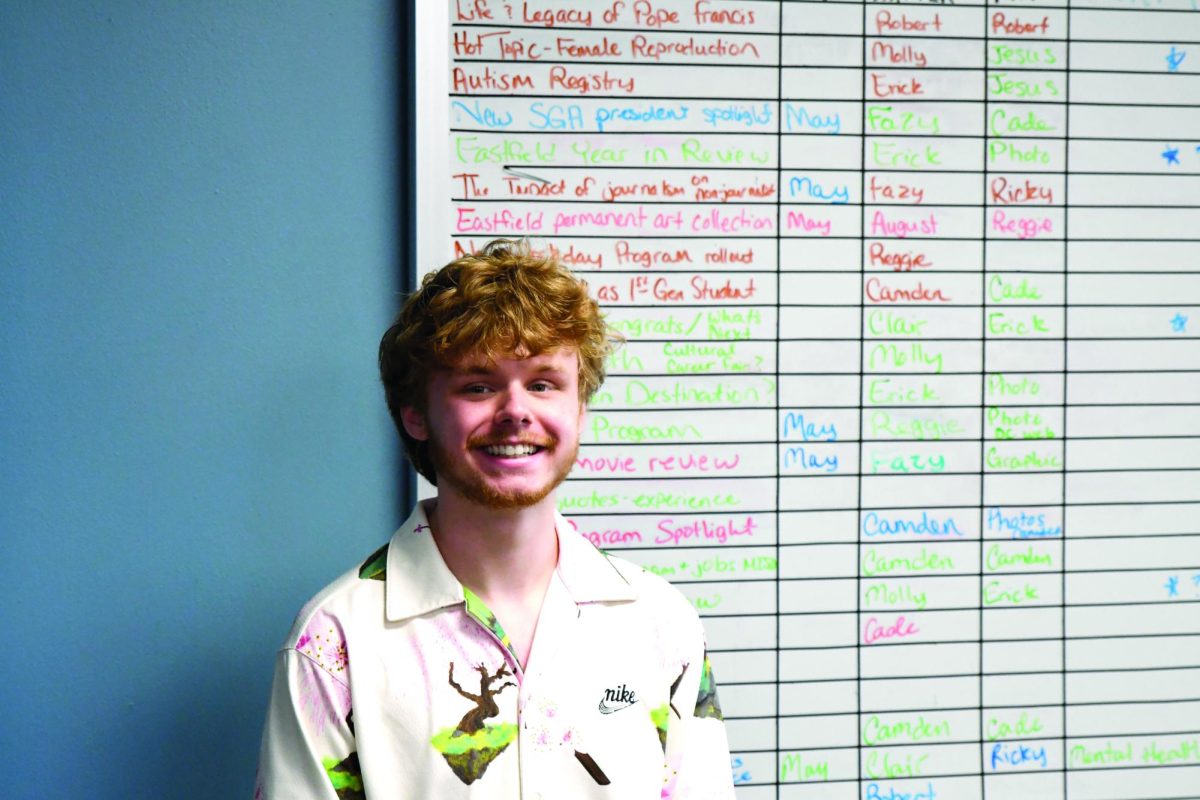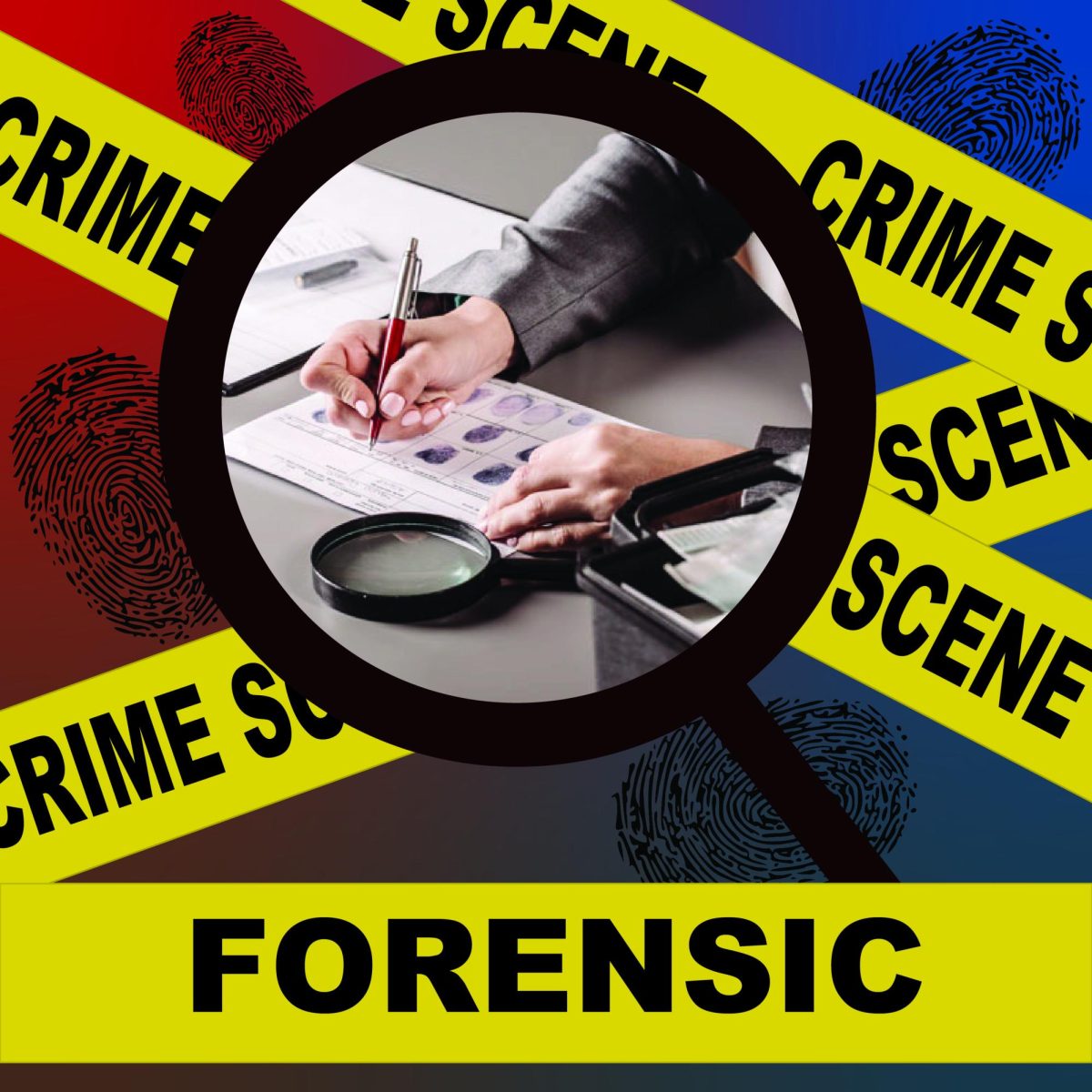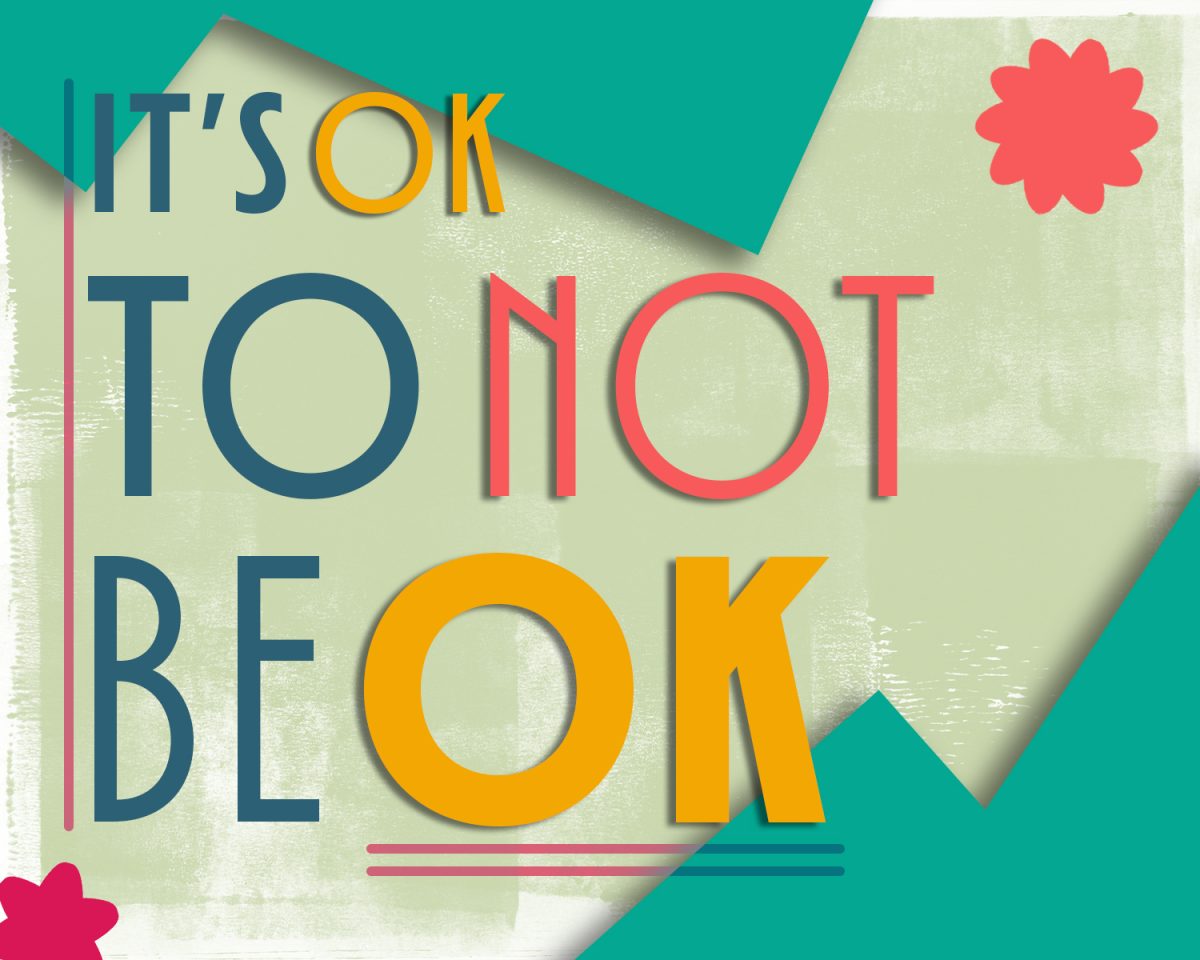Christina Haslage is an inspiring teacher at Dallas College. Haslage was born deaf, and has been teaching American Sign Language (ASL) at Dallas College for only a few months but has already made her mark. She’s been teaching ASL for 17 years and has run her own non-profit — 1UpOnCancer (1UpOnCancer.org) — since 2015.
Haslage’s mother, wanting the best for her daughter, taught her ASL. After Haslage received her bachelor’s in American Sign Language and Deaf Education, she was inspired to teach ASL.
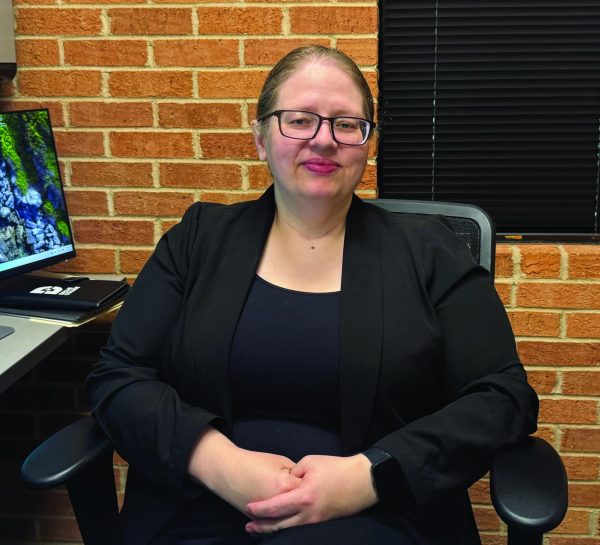
She said, “Sign Language teaching has been very fruitful for me compared to Deaf Education, which can be very political and rife with discriminatory practice, to say the least.”
Haslage first attended Gallaudet University in Washington D.C., an institution that prioritizes teaching the deaf and hard of hearing. After the September 11, 2001 terror attacks Haslage transferred to Kent State University, where she majored in both deaf education and ASL. By 2021, however, she returned to Gallaudet University for her master’s degree. “It had been my childhood dream to attend and complete my studies there [Gallaudet University] ever since I was little when the Deaf President Now! protest happened in 1988.”
On March 6, 1988, at Gallaudet University, the Board of Trustees appointed a hearing person as their seventh president over the two other candidates who were both deaf. Students, alumni and staff vehemently opposed this decision and organized a protest that ended up closing down the campus until a deaf person, I. King Jordan, was appointed the school’s first deaf president. Eventually proclaimed as the Deaf President Now! (DFN) protest, it paved the way for deaf representation.
After the DFN protests, multiple acts were passed, focusing on assisting people with disabilities. The most well-known of these is called the Americans with Disabilities Act, which prohibits discrimination against individuals with disabilities.
However, there are still many issues that these individuals face, including Haslage’s own rocky journey of becoming a teacher while being deaf. “It has definitely impacted my perspectives on how the mainstream world can treat the deaf community along with how they are viewed, especially in Deaf Education,” she said. When asked about her opinions of hearing people teaching other hearing people ASL, she said “It is not a question about qualifications. It is a question about convenience for the mainstream world,” she explained. “Qualified deaf people who have the appropriate credentials should be considered first and foremost because they have lived experiences of potentially shared trauma of lifelong struggles, and they have worked hard to prove themselves in a world that is not designed to accommodate them.”
Despite the challenges, Haslage encourages fellow deaf or hard-of-hearing students who want to become educators to not give up, persevere and keep going. “Work with others to face the obstacles and they will support you, and you can support them as long as you are genuine and transparent with what you need help with and how you can accomplish your goals,” she said. As a teacher, Haslage said, “It may be very challenging and discouraging at times, yet there is always a way where everything can work out.”
